Leather vs Fabric Sofa in Singapore's Humidity: Complete Comparison Guide
Table Of Contents
- Understanding Singapore's Climate and Its Impact on Furniture
- Leather Sofas in a Humid Climate: Pros and Cons
- Fabric Sofas in a Humid Climate: Pros and Cons
- Cost Comparison: Leather vs Fabric in Singapore
- Maintenance Tips for Sofas in Singapore's Humidity
- Best Sofa Materials for Singapore's Climate
- Making the Right Choice for Your Home
Choosing between a leather or fabric sofa in Singapore isn't just about aesthetics—it's about making a practical decision that will withstand our unique tropical climate. With year-round humidity averaging 80-90% and temperatures consistently hovering around 30°C, your sofa's material can significantly impact its longevity, comfort, and maintenance requirements.
At Loft Home Furniture, we've helped thousands of Singapore homeowners navigate this crucial decision. This comprehensive guide compares leather and fabric sofas specifically for Singapore's humid climate, examining durability, comfort, maintenance, and cost considerations to help you make an informed choice that you'll be happy with for years to come.
Whether you're furnishing a new home or replacing an old sofa, understanding how different materials perform in our tropical environment will save you from potential regrets and unnecessary expenses. Let's explore which sofa material might be better suited for your Singapore home.
Leather vs Fabric Sofas in Singapore's Humidity
A comprehensive comparison for tropical living
Leather Sofas
- Moisture resistant - Repels water, less susceptible to mold
- Easy cleaning - Simple wipe down maintenance
- Durability - 15-20 year lifespan with proper care
- Hypoallergenic - Doesn't harbor dust mites or allergens
- Heat retention - Can feel hot and sticky in high temperatures
- Potential for mold - In extreme humidity if not maintained
- Cracking risk - If not properly conditioned in AC environments
- Higher cost - Greater initial investment ($1,200-$3,500)
Fabric Sofas
- Breathability - Cooler to the touch in hot weather
- Design variety - More textures, patterns and colors
- Affordability - Lower entry price point ($700-$2,500)
- Comfort - Consistent feel regardless of temperature
- Moisture absorption - Can feel damp and develop mold
- Odor retention - Traps smells, especially in humidity
- Staining concerns - More difficult to clean than leather
- Dust mite habitat - Can harbor allergens in humid conditions
Best Materials for Singapore's Climate
Recommended
- Top-grain leather
- Performance microfiber
- Quality PU leather
- Outdoor-grade fabrics
Avoid
- Velvet & velour
- Bonded leather
- Untreated natural fibers
Maintenance Tips
Leather Care
- Wipe regularly with damp cloth
- Condition every 3-6 months
- Keep away from direct sunlight
- Use dehumidifier during peak humidity
Fabric Care
- Vacuum weekly with attachments
- Treat spills immediately
- Ensure good air circulation
- Professional clean every 12-18 months
Long-Term Value
- Lifespan: 15-20 years
- Annual maintenance: $30-50
- Lifespan: 7-10 years
- Annual maintenance: $100-200
Recommendations by Living Situation
Performance fabrics or quality PU leather
Microfiber fabrics with tight weave
Leather becomes more practical option
Breathable performance fabrics
Visit our showroom at Gambas Crescent to explore our sofa collection
Understanding Singapore's Climate and Its Impact on Furniture
Singapore's climate presents unique challenges for furniture, particularly upholstered pieces like sofas. With average humidity levels between 80-90% year-round and daily temperatures typically ranging from 25-33°C, your furniture is constantly exposed to conditions that can accelerate wear and deterioration.
High humidity causes moisture to accumulate in the air, which can be absorbed by furniture materials. This moisture creates an environment where mold and mildew thrive, potentially leading to unpleasant odors, discoloration, and even health concerns for your family. Additionally, the consistent heat can affect certain materials differently, causing them to expand, contract, or deteriorate faster than they would in more temperate climates.
These climate factors make material selection particularly important when purchasing sofas in Singapore. Unlike cooler, drier regions where almost any upholstery material might perform adequately, our tropical conditions demand more careful consideration to ensure you're investing in furniture that will maintain its appearance, comfort, and structural integrity over time.
Leather Sofas in a Humid Climate: Pros and Cons
Pros of Leather Sofas in Singapore
Leather offers several advantages that make it a popular choice among Singaporean homeowners, despite our humid climate:
Moisture Resistance: Quality leather, particularly full-grain and top-grain varieties, has natural water-resistant properties. When properly treated, leather repels moisture rather than absorbing it, making it less susceptible to mold and mildew growth compared to many fabric options. At Loft Home, our genuine leather sofas feature protective treatments that enhance this natural resistance.
Ease of Cleaning: Leather's non-porous surface allows for quick cleanup of spills before they can penetrate the material. A simple wipe with a damp cloth is often sufficient for regular cleaning, making leather a practical choice for busy households.
Durability: High-quality leather can last 15-20 years or more with proper care, potentially outlasting fabric sofas by several years. This longevity often offsets the higher initial investment over time. Our leather sofa collection is built with durability as a primary consideration.
Hypoallergenic Properties: Leather doesn't harbor dust mites, pet dander, or other allergens as readily as fabric upholstery, making it an excellent choice for allergy sufferers. In Singapore's humid environment, where dust mites thrive, this can be a significant advantage.
Cons of Leather Sofas in Singapore
Despite its benefits, leather comes with some drawbacks that are particularly relevant in our tropical climate:
Heat Retention: Leather tends to absorb and retain heat, which can make it uncomfortable during Singapore's hottest days. If your leather sofa is positioned in direct sunlight or in a room without adequate air conditioning, it may become sticky and uncomfortable against bare skin.
Susceptibility to Mold in Extreme Conditions: While quality leather is moisture-resistant, prolonged exposure to extremely high humidity can still lead to mold growth if the leather isn't regularly maintained. This is particularly true for leather sofas in less ventilated areas of the home or during the most humid months of the year.
Potential for Cracking: If not properly conditioned, leather can dry out and crack over time, especially when exposed to air conditioning which reduces indoor humidity. This creates a maintenance balance that needs to be carefully managed in Singapore homes that alternate between natural humidity and air-conditioned environments.
Higher Initial Cost: Quality leather sofas typically represent a larger upfront investment compared to many fabric options. Our leather sofas range from $1,200 to $3,500 depending on size, leather quality, and design.
Types of Leather for Singapore Homes
Not all leather upholstery performs equally in Singapore's climate. Here's a breakdown of common leather types and their suitability:
Full-Grain Leather: The highest quality and most durable option, retaining the natural surface of the hide. It develops a beautiful patina over time and offers excellent resistance to humidity when properly maintained. This premium option is ideal for homeowners planning to keep their sofa for many years.
Top-Grain Leather: The second-highest quality, with the outermost layer sanded to remove imperfections. It offers good durability and moisture resistance at a more accessible price point than full-grain. Many of our popular genuine leather sofas feature top-grain leather.
Split Leather: Made from the lower layers of the hide, split leather is less durable and more susceptible to moisture damage, making it less ideal for Singapore's climate.
Bonded Leather: Composed of leather scraps bonded together with adhesives, this budget option typically doesn't perform well in humid environments and may peel or crack prematurely.
PU Leather: A synthetic alternative that mimics the look of leather at a lower price point. Our PU leather sofas offer reasonable humidity resistance and are easier to maintain than genuine leather, making them a practical middle-ground option for many Singapore homes.
Fabric Sofas in a Humid Climate: Pros and Cons
Pros of Fabric Sofas in Singapore
Breathability: Unlike leather, quality fabrics allow for air circulation, making them generally cooler to the touch in hot weather. This breathability can be a significant comfort advantage during Singapore's warmest days, particularly for those who prefer to minimize air conditioning usage.
Variety of Options: Fabric sofas come in countless textures, patterns, and colors, offering more design flexibility. Our fabric sofa collection includes options specifically selected to withstand tropical conditions while providing aesthetic versatility.
Lower Initial Cost: Fabric sofas typically have a lower entry price point than comparable leather models, making them accessible to more homeowners. Our fabric sofas range from $700 to $2,500 depending on size, fabric quality, and design features.
Comfort: Many people find fabric sofas more comfortable year-round, as they don't become as hot or cold to the touch based on ambient temperature. This consistent comfort makes fabric a practical choice for Singapore's climate.
Cons of Fabric Sofas in Singapore
Moisture Absorption: Standard fabrics tend to absorb moisture from the air in high-humidity environments, potentially leading to a damp feel and creating conditions where mold and mildew can develop, particularly in cushions and hard-to-ventilate areas.
Odor Retention: Fabrics can trap odors from the environment, pets, or spills, which may become more noticeable in humid conditions when bacterial growth is accelerated. This can require more frequent deep cleaning.
Staining Concerns: Fabric upholstery generally stains more easily than leather and can be more challenging to clean, especially in households with children or pets. While many modern fabrics include stain-resistant treatments, they still typically require more immediate attention to spills.
Dust Mite Habitat: Fabric sofas can harbor dust mites, which thrive in Singapore's humid environment and can aggravate allergies and asthma. This makes regular vacuum cleaning essential for maintaining healthy indoor air quality.
Best Fabric Types for Singapore's Climate
Some fabric types perform significantly better than others in our humid conditions:
Synthetic Microfiber: Tightly woven synthetic fibers create a moisture-wicking effect that helps prevent dampness. These fabrics dry quickly and are typically more resistant to mold and mildew. Many of our fabric sofas feature high-performance microfiber upholstery.
Performance Fabrics: Specially engineered fabrics like Sunbrella and Crypton are designed to resist moisture, stains, and microbial growth, making them excellent choices for Singapore homes. These premium options offer the aesthetic appeal of fabric with enhanced durability in humid environments.
Synthetic Blends: Fabrics that combine natural fibers with synthetics often provide a good balance of comfort and moisture resistance. Popular blends include polyester-cotton and polyester-linen, which feel natural while offering improved performance in humidity.
Outdoor Fabrics: Originally designed for outdoor furniture, these highly durable fabrics offer exceptional resistance to moisture, mold, and UV damage. While traditionally limited in style options, modern outdoor fabrics come in increasingly sophisticated designs that work well for indoor furniture in tropical climates.
At Loft Home, we've curated our fabric sofa selection with Singapore's climate in mind, focusing on materials that balance comfort, style, and practical performance in high humidity.
Cost Comparison: Leather vs Fabric in Singapore
When evaluating the financial aspect of your sofa decision, it's important to consider both initial purchase costs and long-term value:
Initial Purchase Price
In the Singapore market, there's a significant price difference between leather and fabric upholstery:
Fabric Sofas: Entry-level fabric sofas typically start around $700-800 for a simple 3-seater, with mid-range options between $1,200-1,800. Premium designer fabric sofas can range from $2,000-4,000 or more.
Leather Sofas: Basic leather and faux leather options start around $1,000-1,200, while genuine leather mid-range sofas typically cost between $2,000-3,000. Premium, full-grain leather sofas from designer brands can exceed $5,000-8,000.
This price differential reflects not just the material cost, but also the more complex manufacturing process required for leather upholstery. Our sofa collection includes options across these price ranges, all offering excellent value through our direct-to-consumer model.
Long-Term Value Considerations
While fabric sofas offer a lower entry price, several factors affect the long-term cost equation:
Lifespan: Quality leather sofas typically last 15-20 years with proper care, while fabric sofas average 7-10 years. This longer lifespan can make leather more economical over time despite the higher initial investment.
Maintenance Costs: Fabric sofas often require professional cleaning (approximately $100-200 annually) to maintain their appearance and prevent issues in Singapore's humidity. Leather requires conditioning products ($30-50 annually) but can usually be maintained without professional services.
Replacement Frequency: The more frequent replacement cycle of fabric sofas means that over a 20-year period, you might purchase two or three fabric sofas compared to a single leather sofa.
Maintenance Tips for Sofas in Singapore's Humidity
Leather Sofa Maintenance
To maximize the lifespan of leather furniture in Singapore's climate:
Regular Wiping: Wipe down leather surfaces with a clean, slightly damp cloth every 1-2 weeks to remove accumulated dust and prevent mold growth.
Conditioning: Apply a quality leather conditioner every 3-6 months to prevent drying and cracking, particularly important in air-conditioned environments that can reduce humidity below optimal levels for leather.
Positioning: Place leather sofas away from direct sunlight and maintain at least 30cm distance from air conditioning vents to prevent uneven drying and potential damage.
Humidity Control: Consider using a dehumidifier during particularly humid months (November-February) if your home doesn't have consistent air conditioning, especially if you notice any signs of dampness on your leather furniture.
Fabric Sofa Maintenance
To protect fabric upholstery in our tropical environment:
Regular Vacuuming: Vacuum fabric sofas weekly using an upholstery attachment to remove dust and allergens that can accumulate more quickly in humid conditions.
Prompt Stain Treatment: Address spills immediately to prevent them from setting in the fabric, which can happen more quickly in high humidity.
Ventilation: Ensure good airflow around your fabric sofa—avoid pushing it directly against walls in spaces without air conditioning, as this can trap moisture and encourage mold growth.
Professional Cleaning: Schedule professional deep cleaning every 12-18 months to remove embedded dirt and treat the fabric with anti-microbial solutions that help prevent mold and mildew.
Fabric Protection: Consider applying fabric protector sprays designed for tropical climates to add an additional barrier against moisture and stains.
Best Sofa Materials for Singapore's Climate
Beyond the basic leather vs. fabric comparison, specific materials within each category perform exceptionally well in our tropical environment:
Top Performing Materials
Top-Grain Leather: Offers an excellent balance of quality, durability, and humidity resistance without the premium price of full-grain leather. Our genuine leather sofas predominantly feature this practical option.
High-Performance Microfiber: Engineered to repel moisture while remaining breathable and comfortable, these advanced fabrics offer the best performance among fabric options for Singapore homes.
Quality PU Leather: Modern polyurethane leather alternatives have improved significantly in recent years, offering good humidity resistance at a lower price point. Our PU leather sofa collection includes options that perform admirably in tropical conditions.
Outdoor-Grade Fabrics Used Indoors: These ultra-durable materials designed to withstand rain and humidity make excellent choices for indoor sofas in Singapore, particularly in homes with children, pets, or areas with higher humidity exposure.
Materials to Avoid
Some materials consistently underperform in Singapore's climate and are generally best avoided:
Velvet and Velour: These dense pile fabrics trap moisture and can develop mildew problems in high humidity environments.
Bonded Leather: Despite its lower price point, bonded leather typically deteriorates quickly in humid conditions, often peeling and cracking within 2-3 years.
Untreated Natural Fibers: Raw silk, linen, and cotton without moisture-resistant treatments tend to absorb humidity, wrinkle, and create favorable conditions for mold growth.
Making the Right Choice for Your Home
The ideal sofa material for your Singapore home depends on several personal factors:
Consider Your Living Situation
For Families with Young Children: Easy-clean performance fabrics or high-quality PU leather typically offer the best balance of practicality and value, as they can withstand spills while remaining comfortable in our climate.
For Pet Owners: Tightly woven microfiber fabrics resist claw damage better than leather, while still offering good humidity resistance and easy cleaning of pet hair.
For Air-Conditioned Homes: If your living space is consistently air-conditioned, leather becomes a more practical option as the controlled environment mitigates many of its potential drawbacks in tropical climates.
For Naturally Ventilated Homes: In spaces without regular air conditioning, breathable performance fabrics usually provide better comfort and humidity resistance.
Test Before You Buy
We always recommend visiting our showroom at Gambas Crescent to experience different materials firsthand before making your decision. Sitting on a sofa in Singapore's actual climate provides valuable insights that online research alone cannot offer.
Consider these practical tests:
The Touch Test: Sit on both leather and fabric options while wearing shorts or similar clothing you'd typically wear at home. Note which feels more comfortable against your skin in our current climate.
The Moisture Test: Place a few drops of water on sample materials (our showroom staff can help with this) to observe how different upholstery options handle moisture—a practical demonstration of their performance in humidity.
The Comfort Assessment: Spend at least 5-10 minutes sitting on each sofa you're considering to evaluate long-term comfort, as initial impressions can sometimes be misleading.
Conclusion: Balancing Practicality and Preference
When choosing between leather and fabric sofas for your Singapore home, there's rarely a one-size-fits-all answer. Both materials can perform well in our tropical climate when the right variants are selected and properly maintained.
For those prioritizing longevity, ease of cleaning, and willing to make a higher initial investment, quality leather (particularly top-grain) offers excellent value despite Singapore's humidity challenges. Modern leather conditioning products have made maintenance simpler than ever, allowing leather to thrive even in our tropical environment.
For households seeking maximum comfort in heat, design versatility, or working with more modest budgets, high-performance fabrics specifically engineered for humid climates provide practical alternatives that can deliver years of satisfaction when properly cared for.
At Loft Home Furniture, we've carefully curated our sofa collection to include quality options in both leather and fabric that are specifically selected to perform well in Singapore homes. Our direct-to-consumer model ensures you receive excellent value regardless of which material you choose.
Remember that your lifestyle, home environment, and personal preferences should ultimately guide your decision. By considering the practical aspects outlined in this guide alongside your aesthetic preferences, you'll be well-equipped to select a sofa that remains beautiful, comfortable, and durable despite the challenges of Singapore's unique climate.
Ready to find your perfect sofa that's built for Singapore's climate? Visit our showroom at Gambas Crescent to experience our quality leather and fabric options in person, or explore our full collection online.
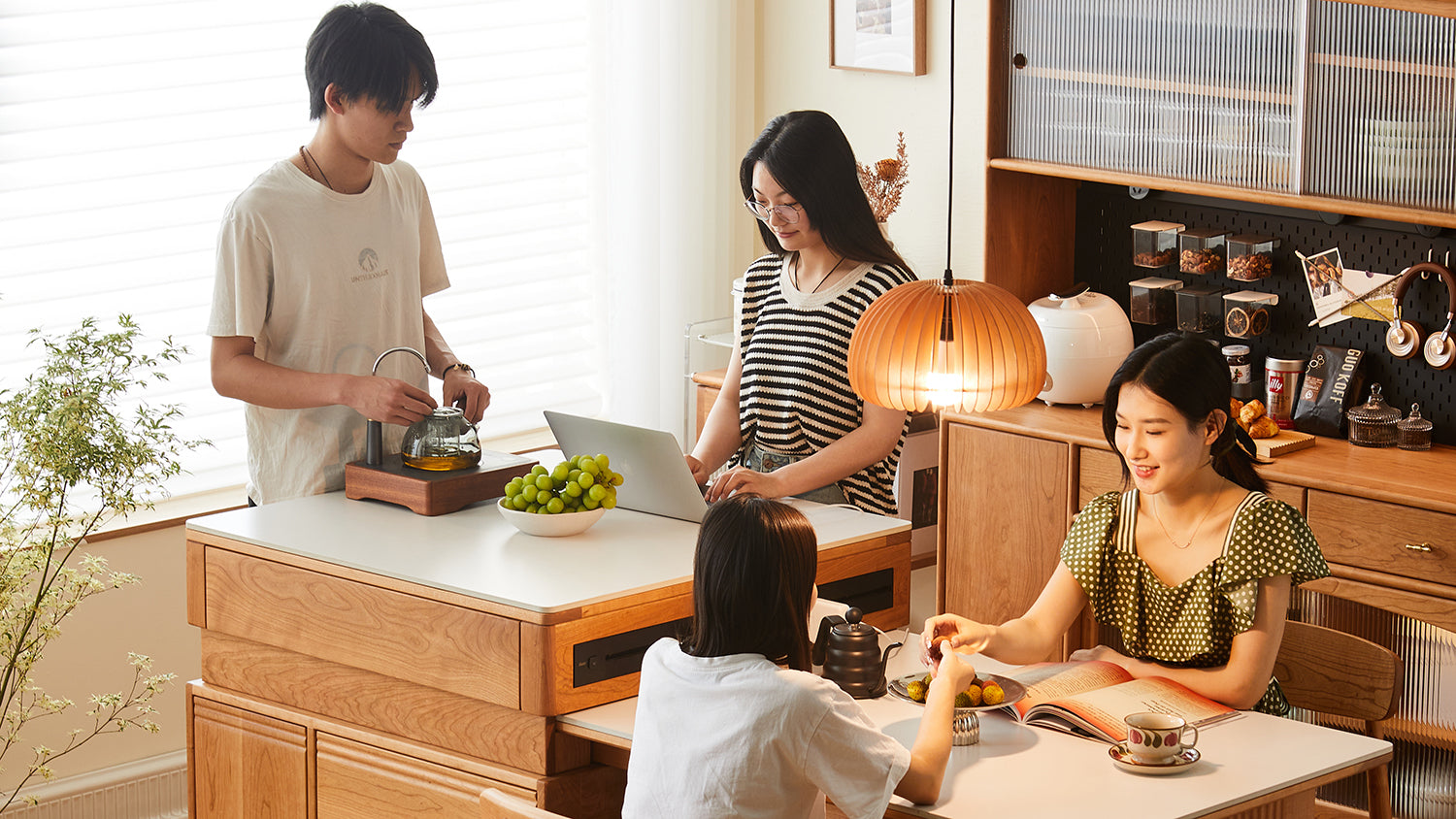

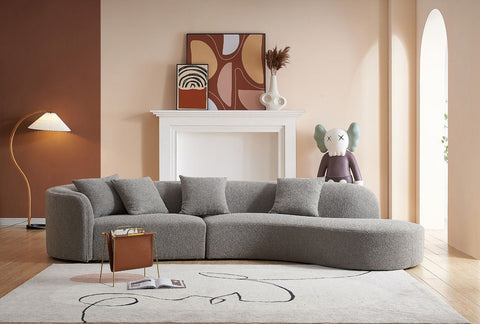
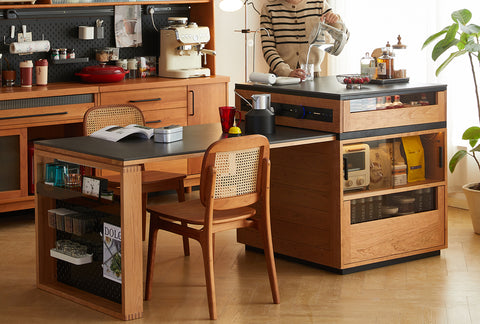
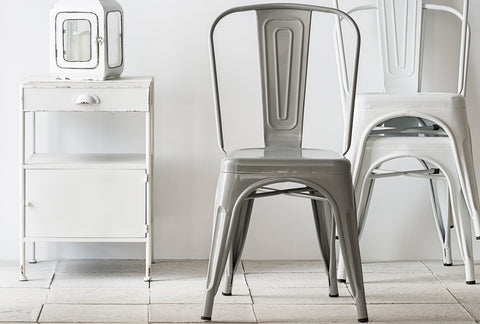
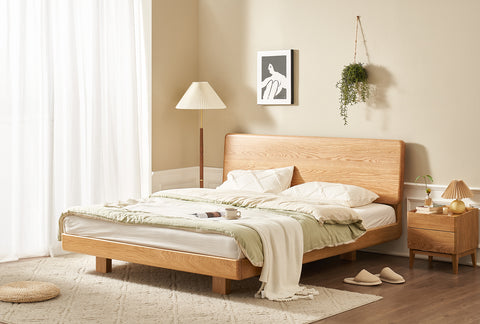
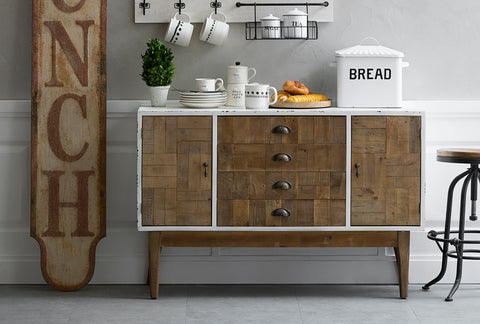








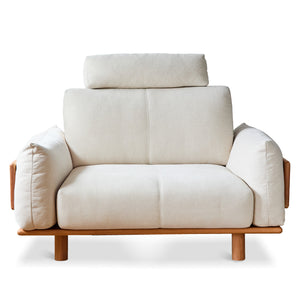


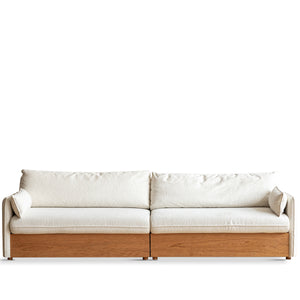
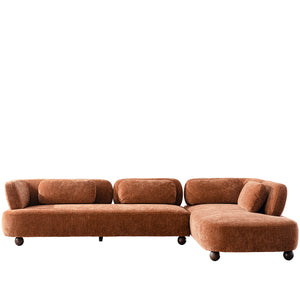
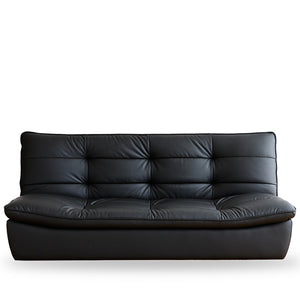
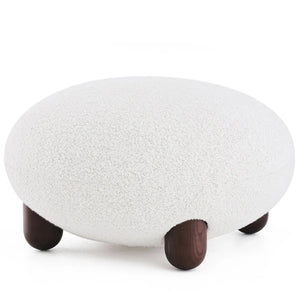


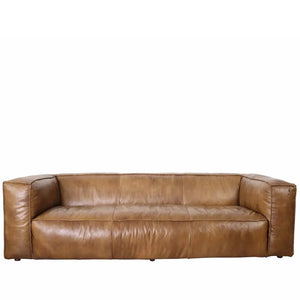
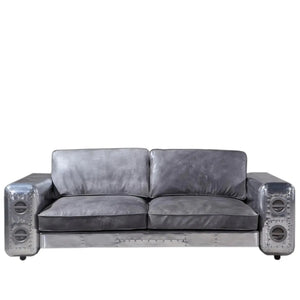
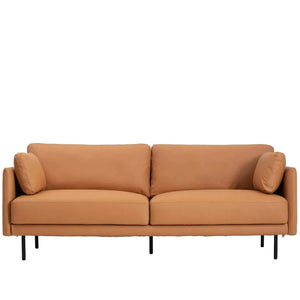
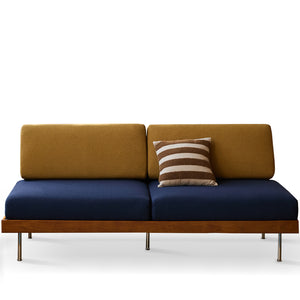
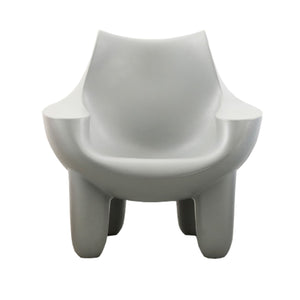


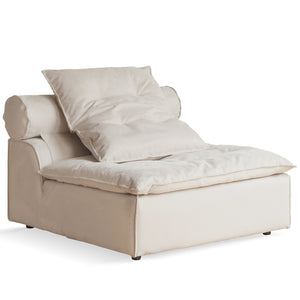

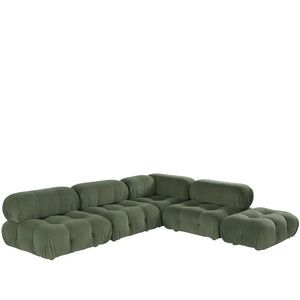
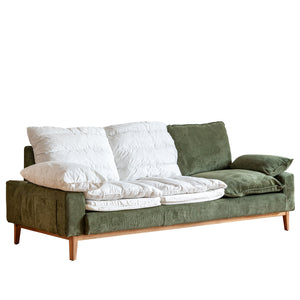
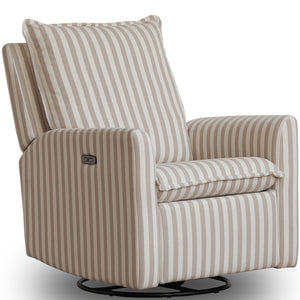

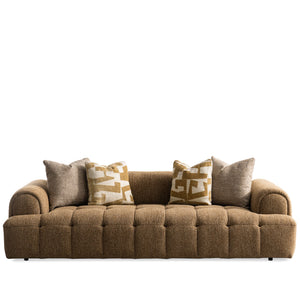

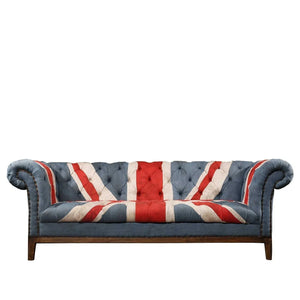
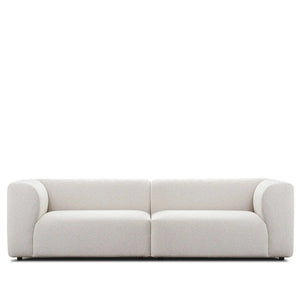
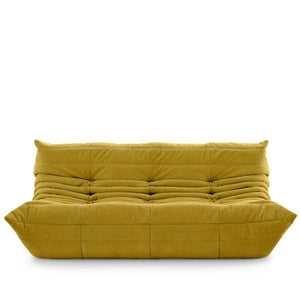
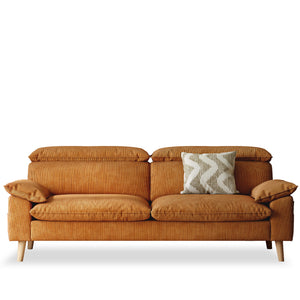

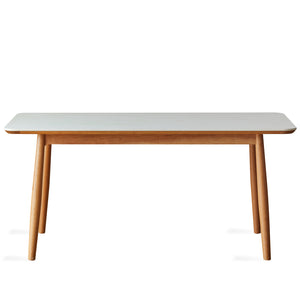
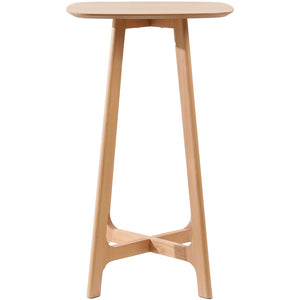
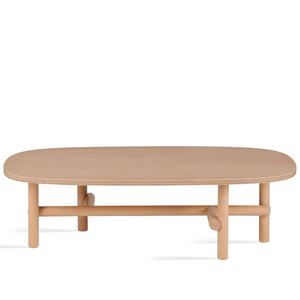

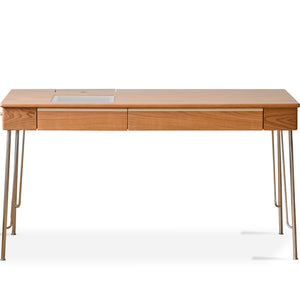
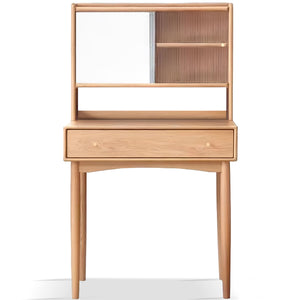

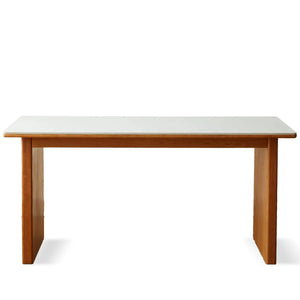
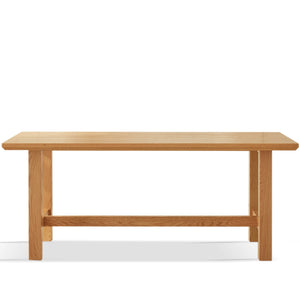
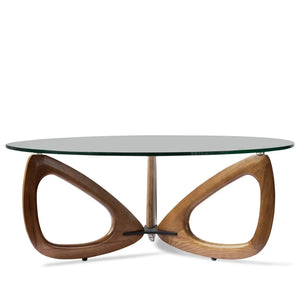
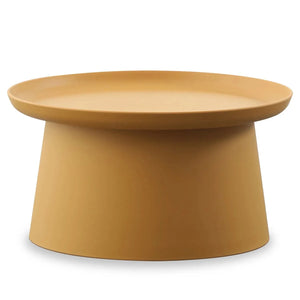

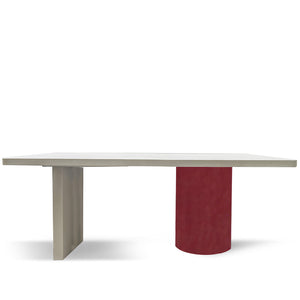

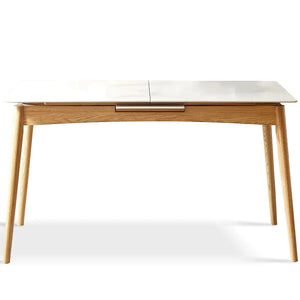
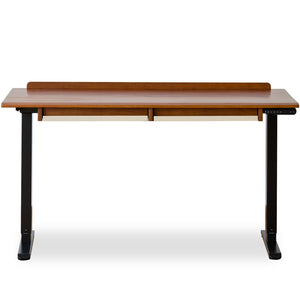
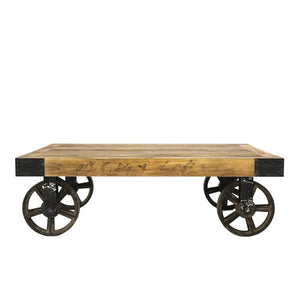

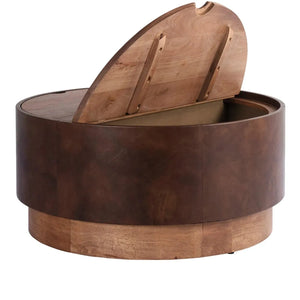


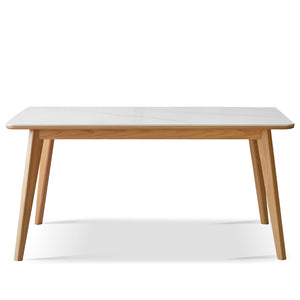

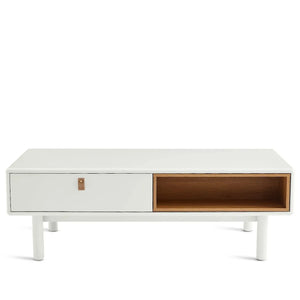
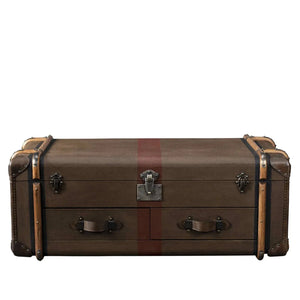
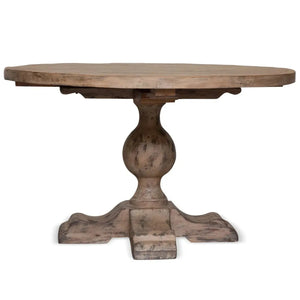
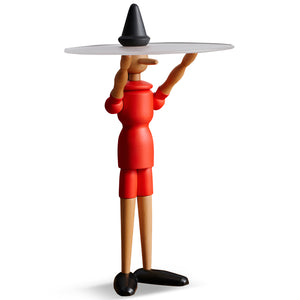

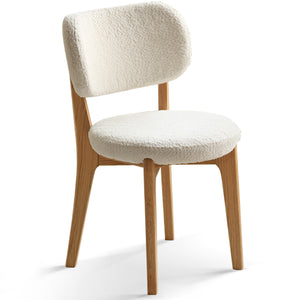
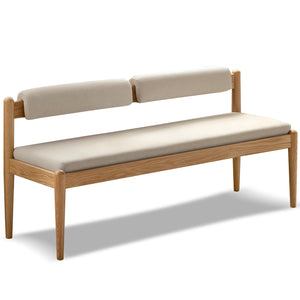
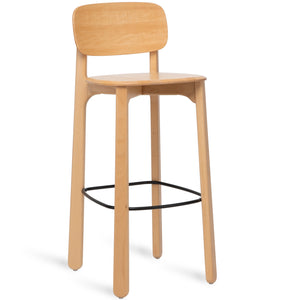
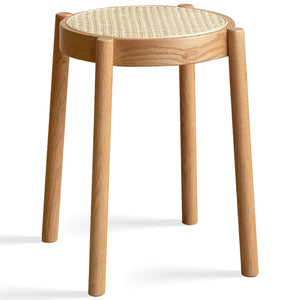
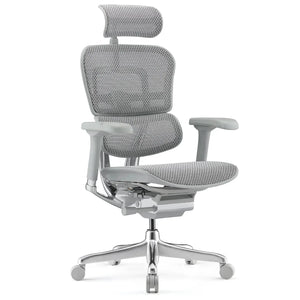

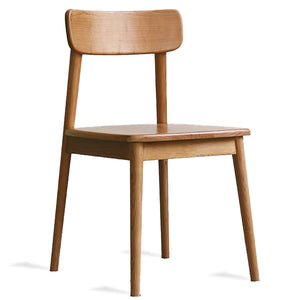
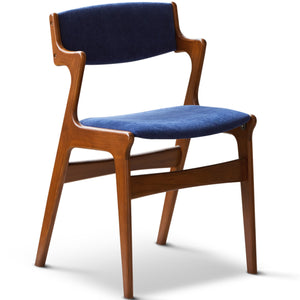
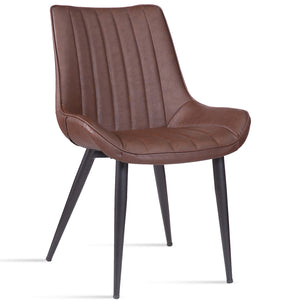
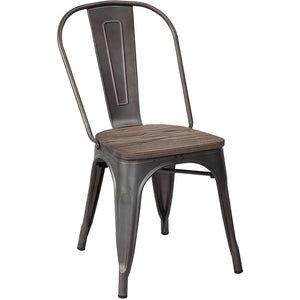
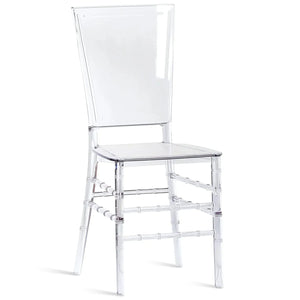
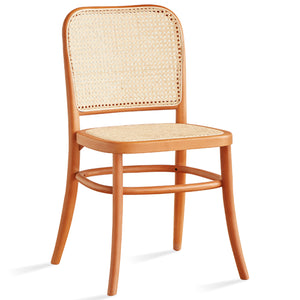

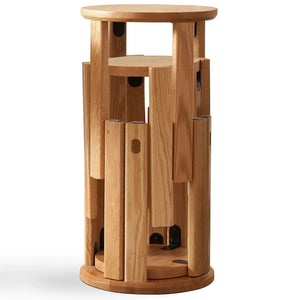

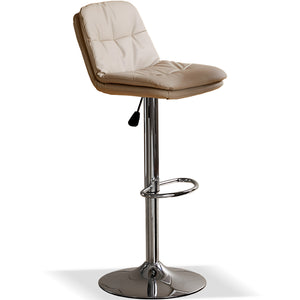
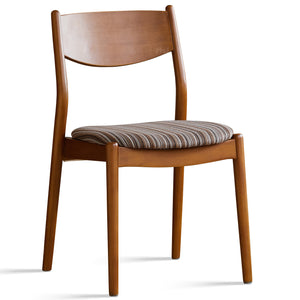
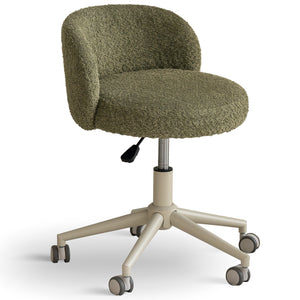
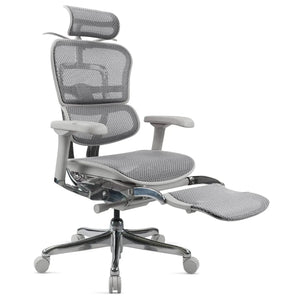

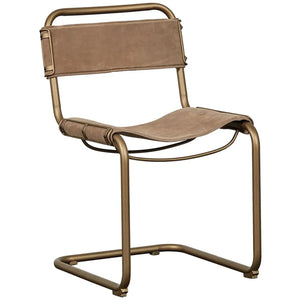
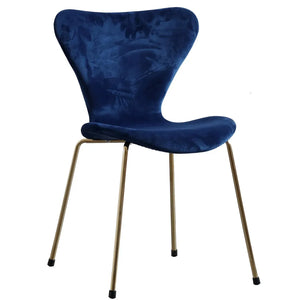

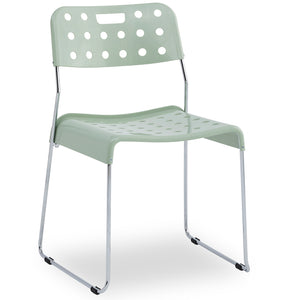
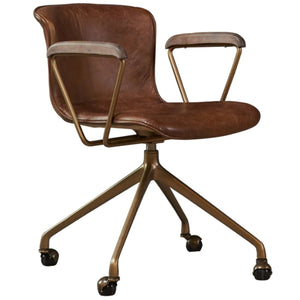
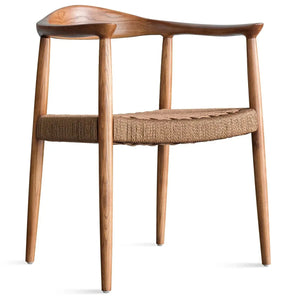

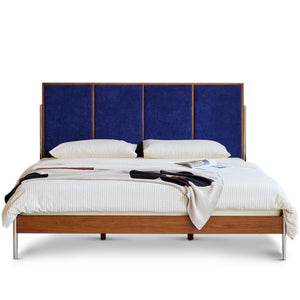
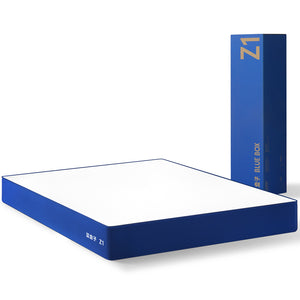

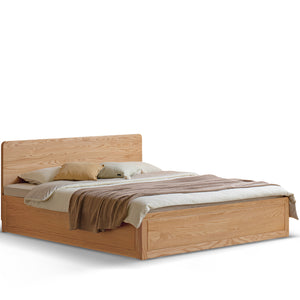
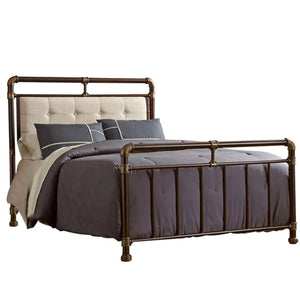
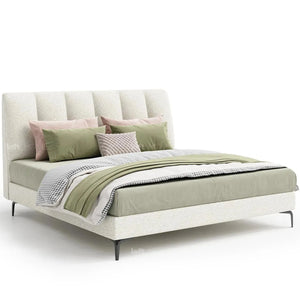
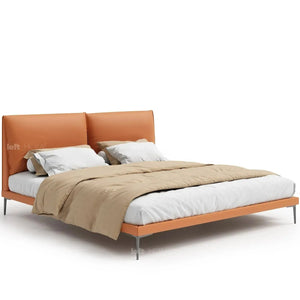
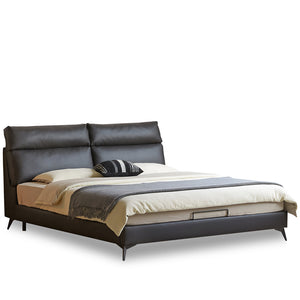
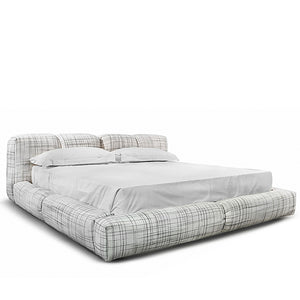

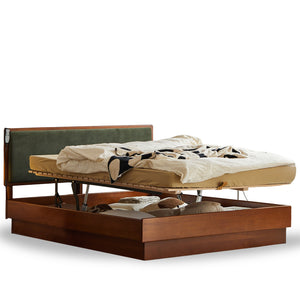


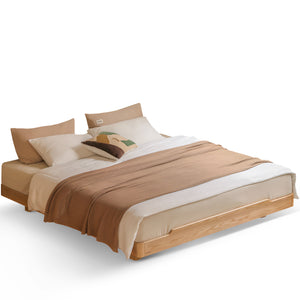
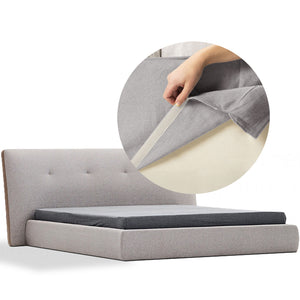
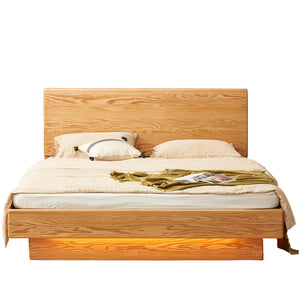

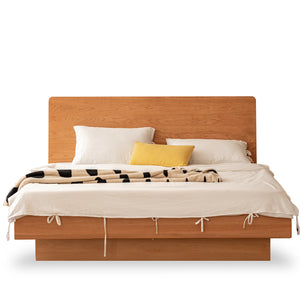
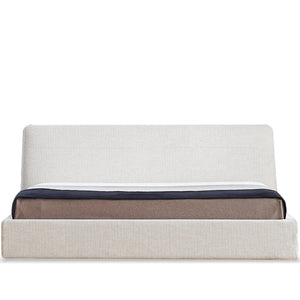
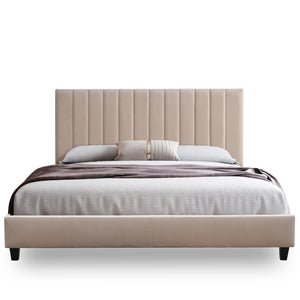
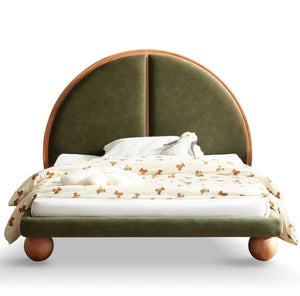
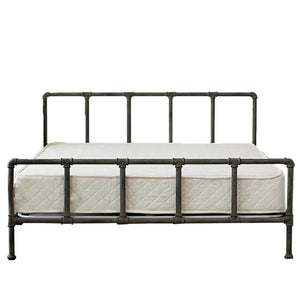

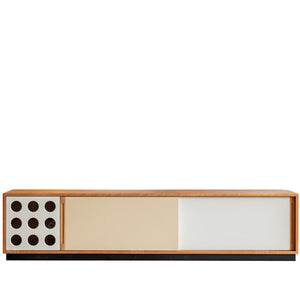

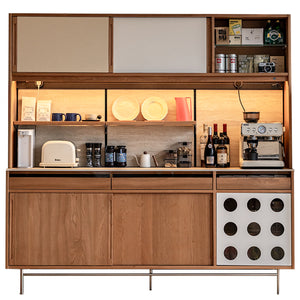
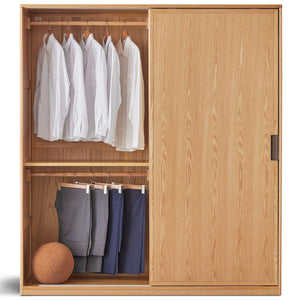
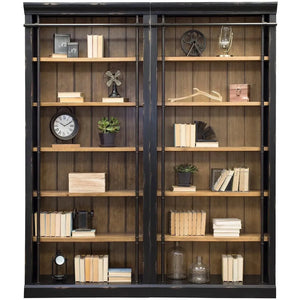
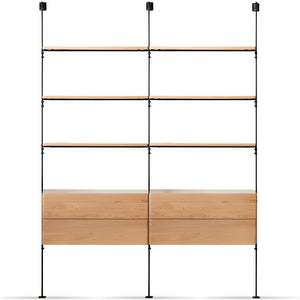

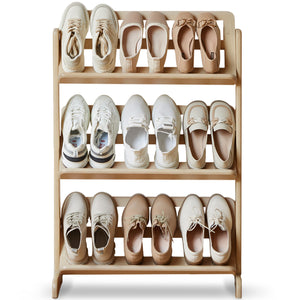
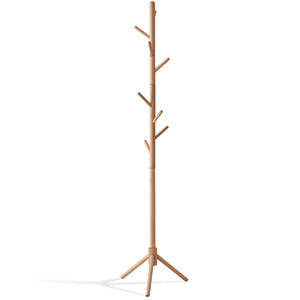

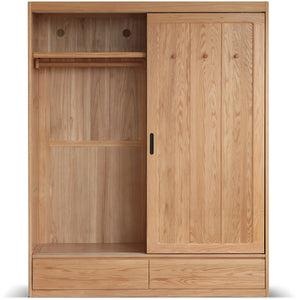

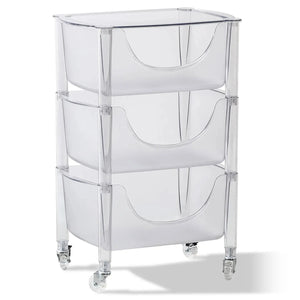
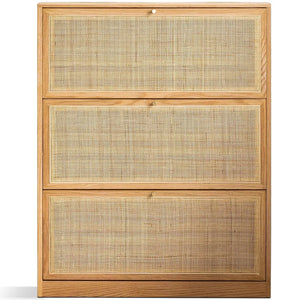
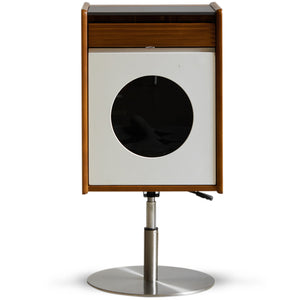
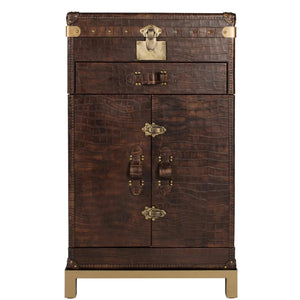

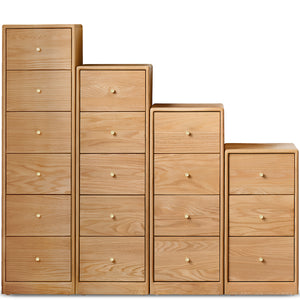
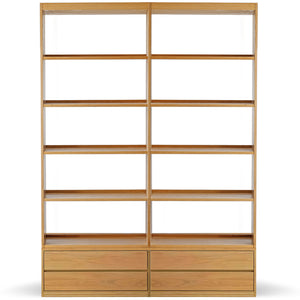
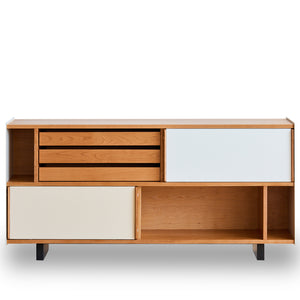
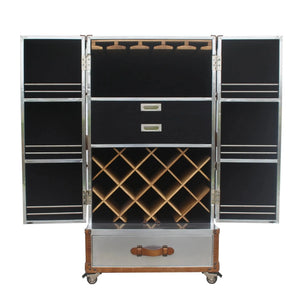
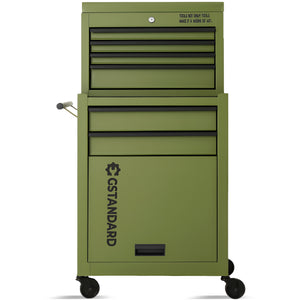


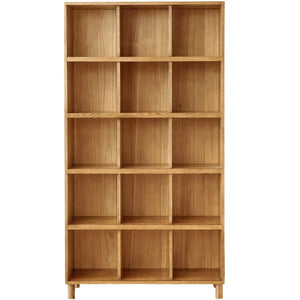

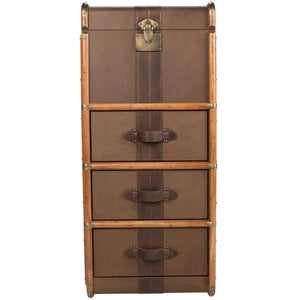
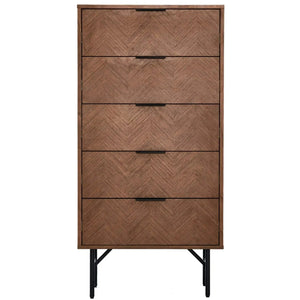
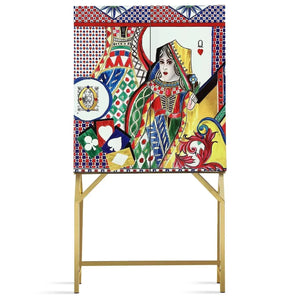
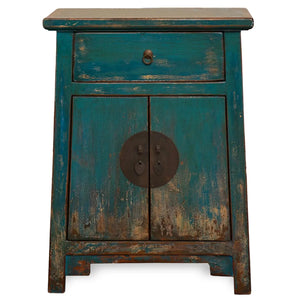
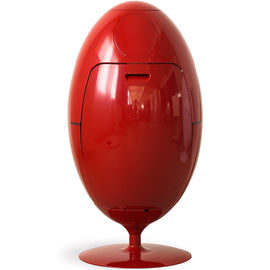
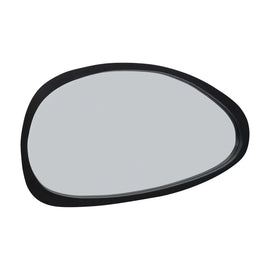

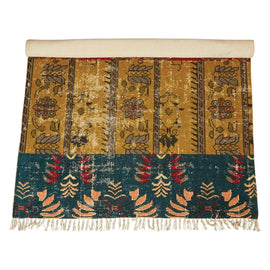
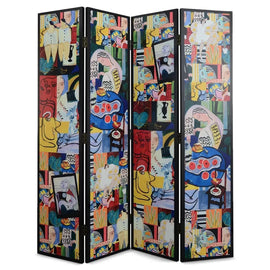
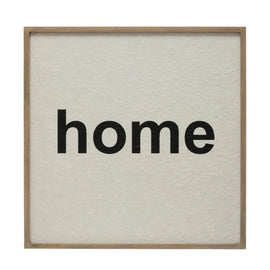
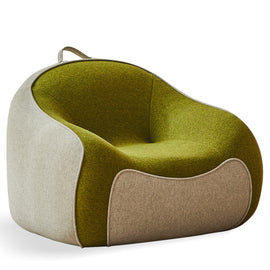
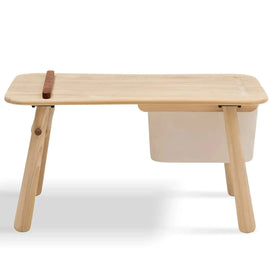
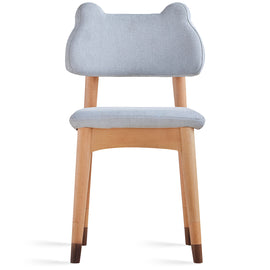
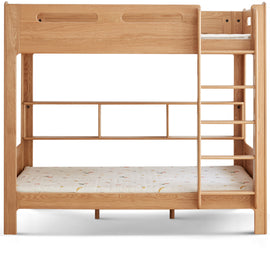
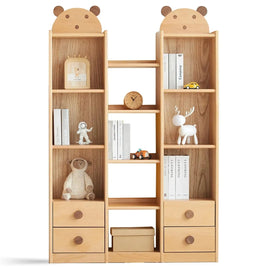
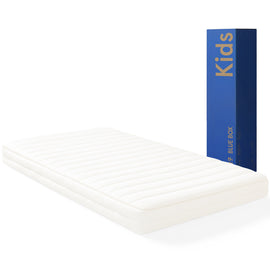
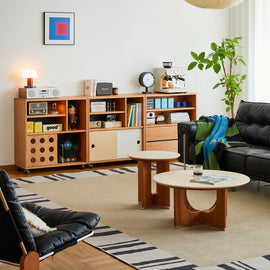


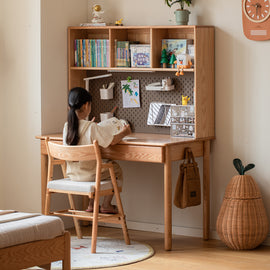
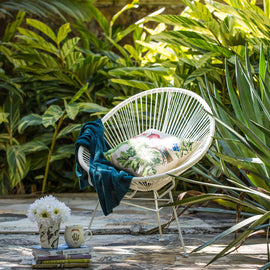
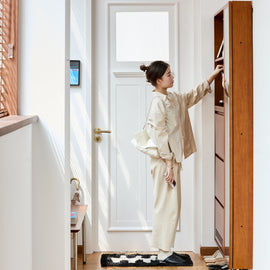







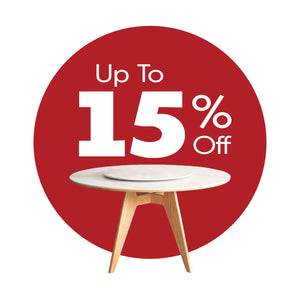
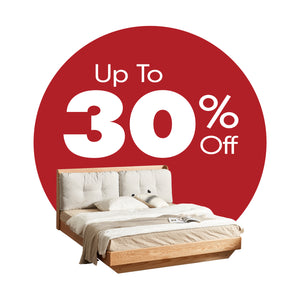

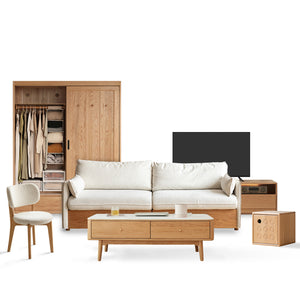
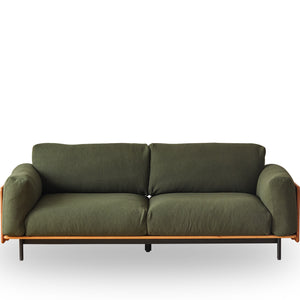
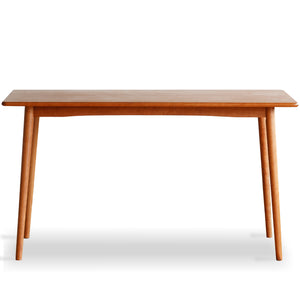
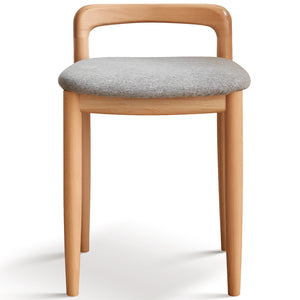

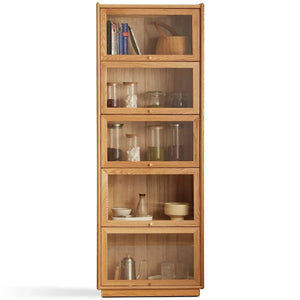
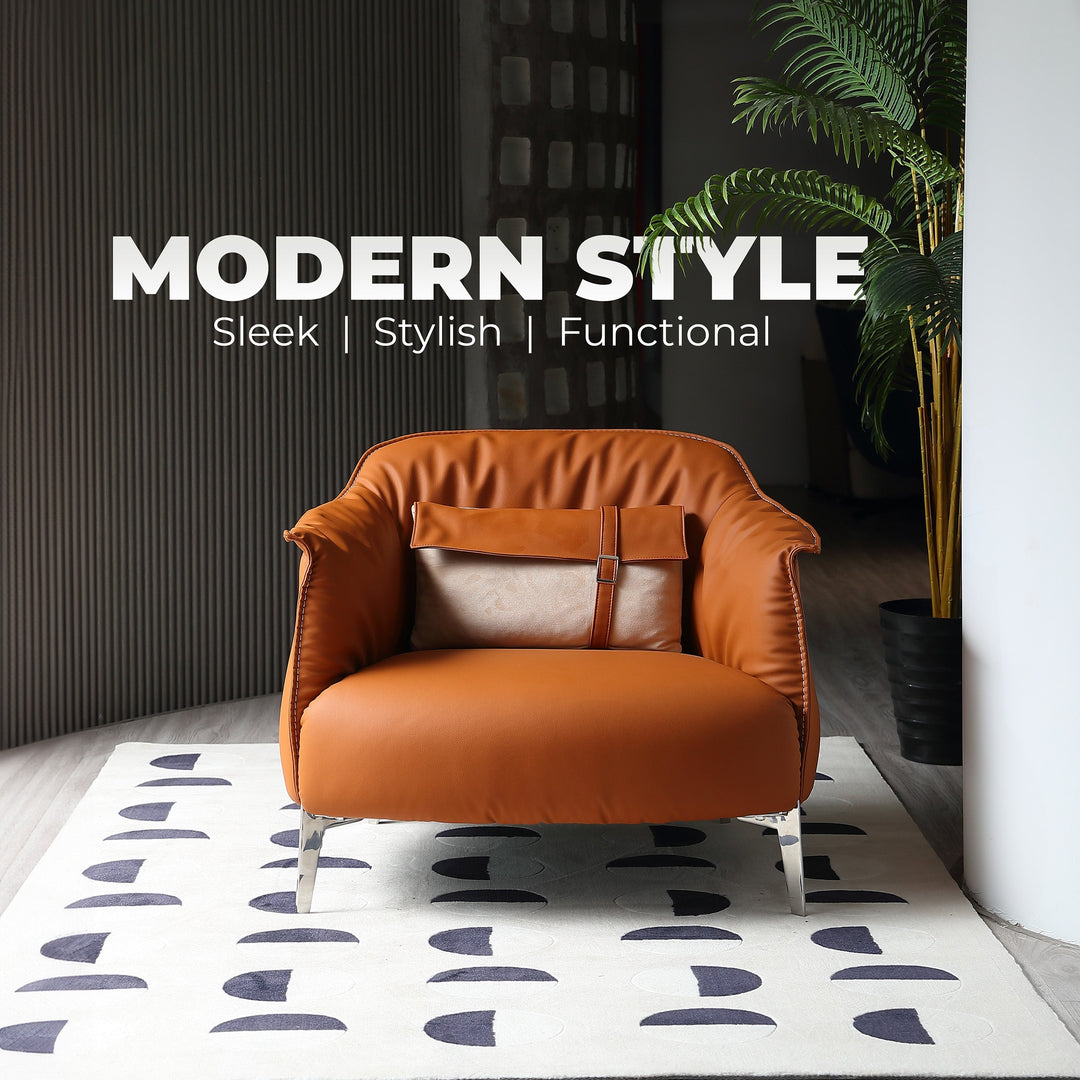
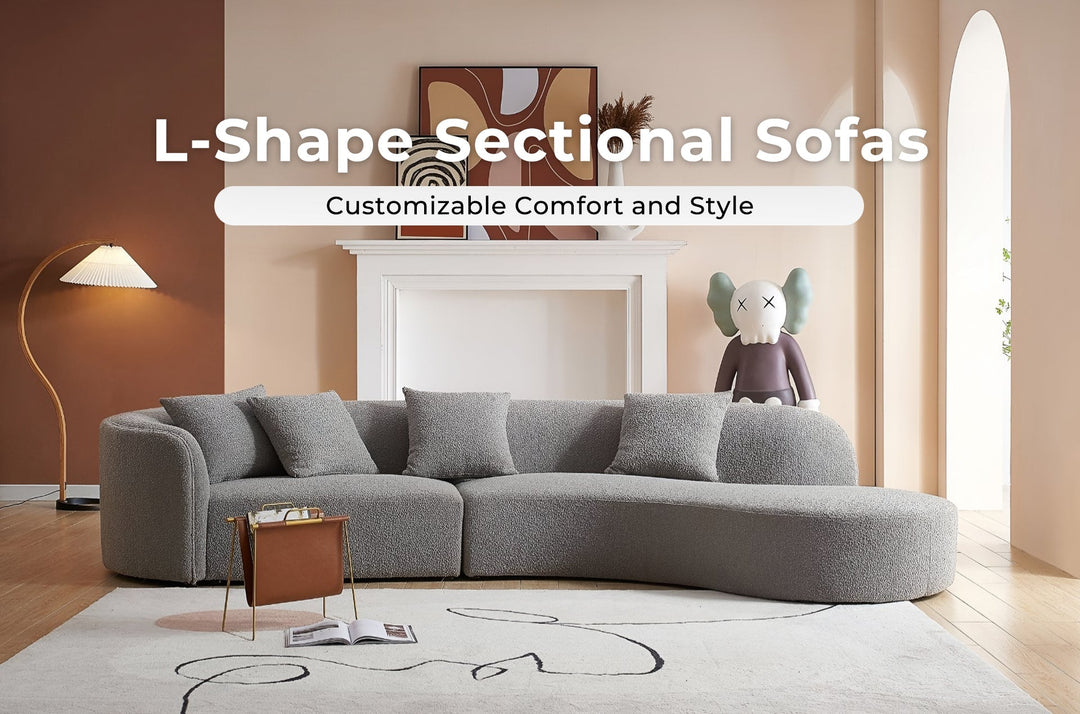
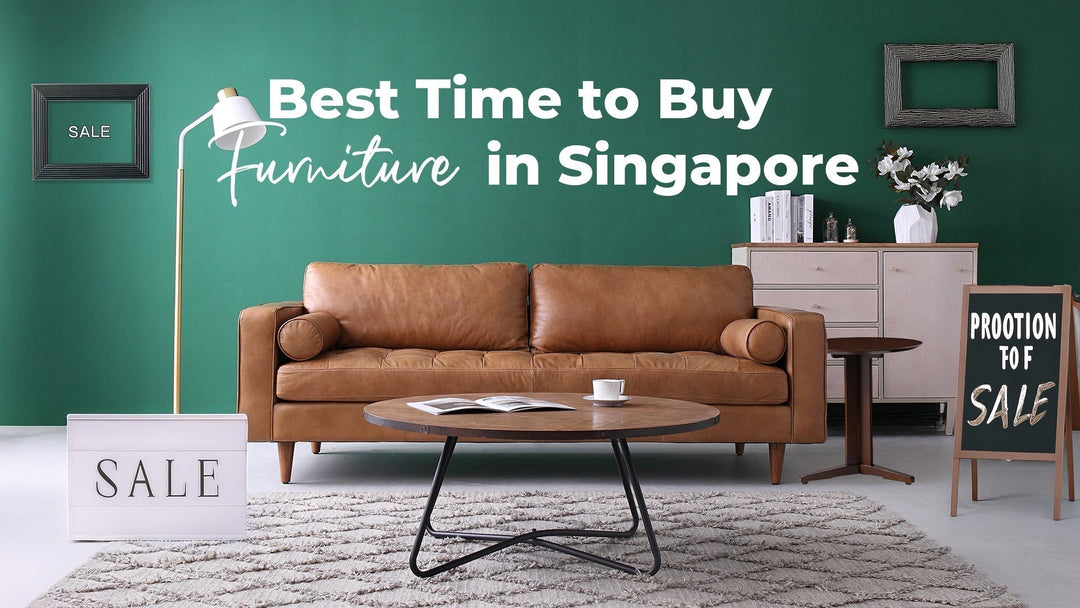
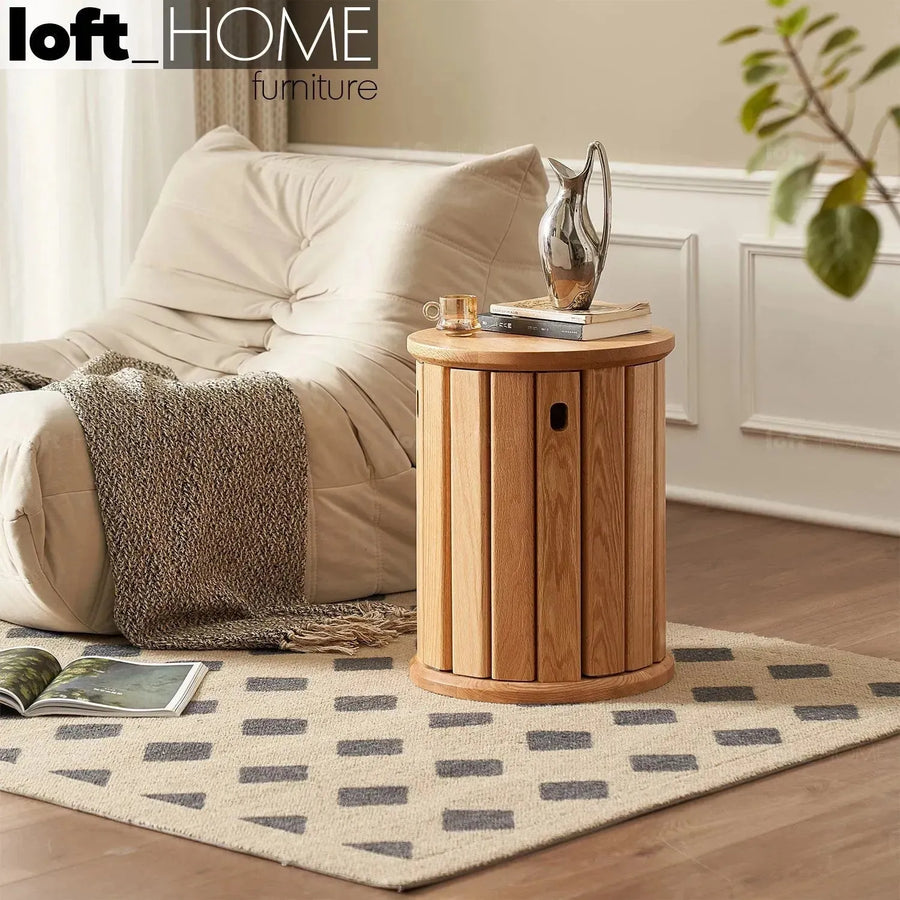
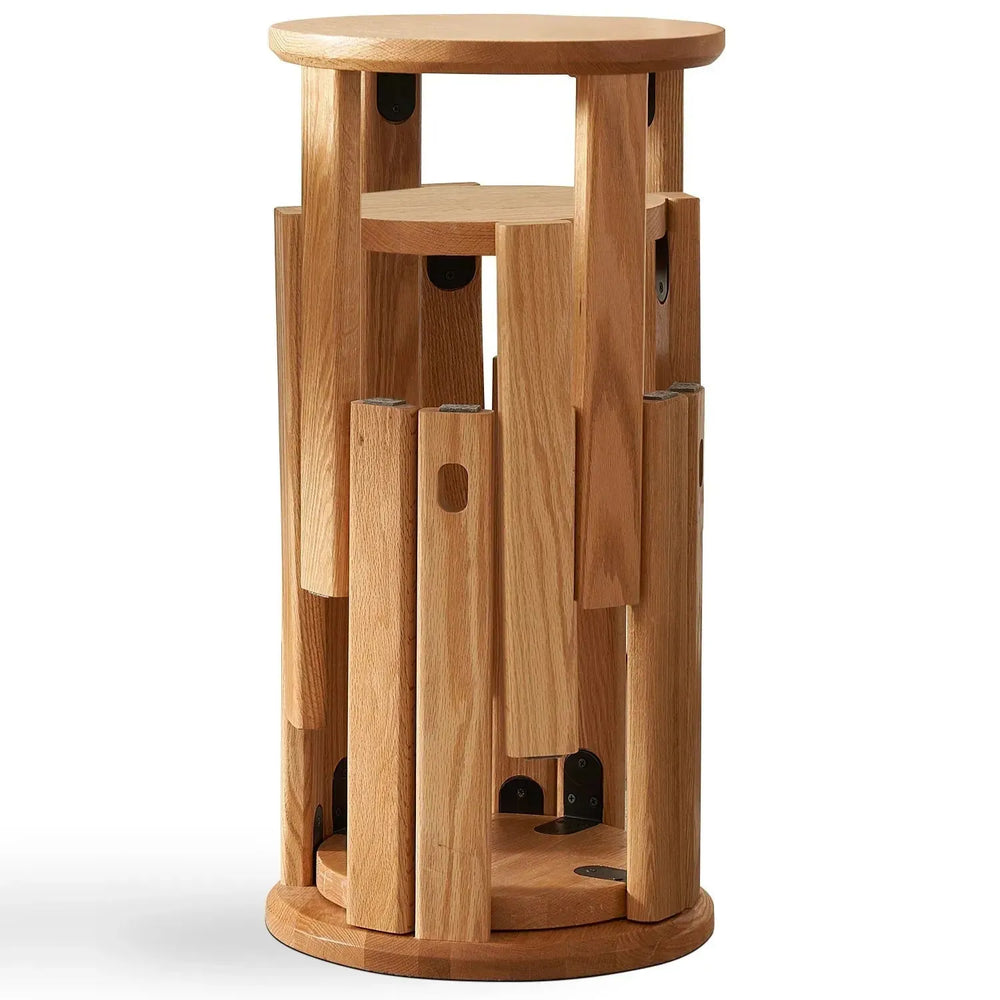

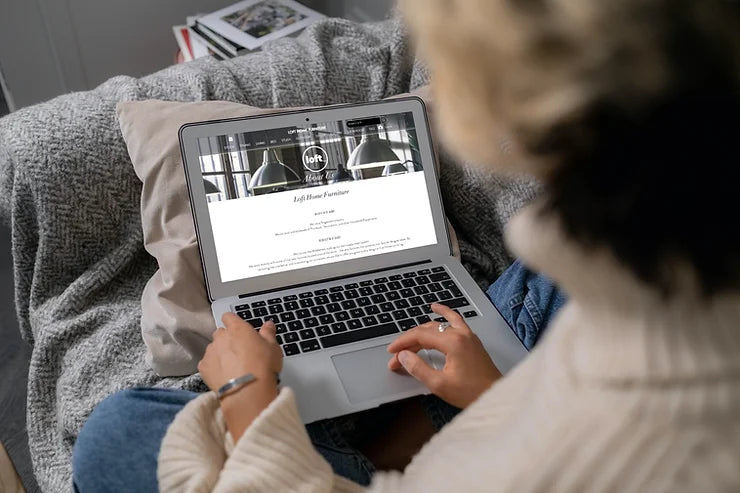
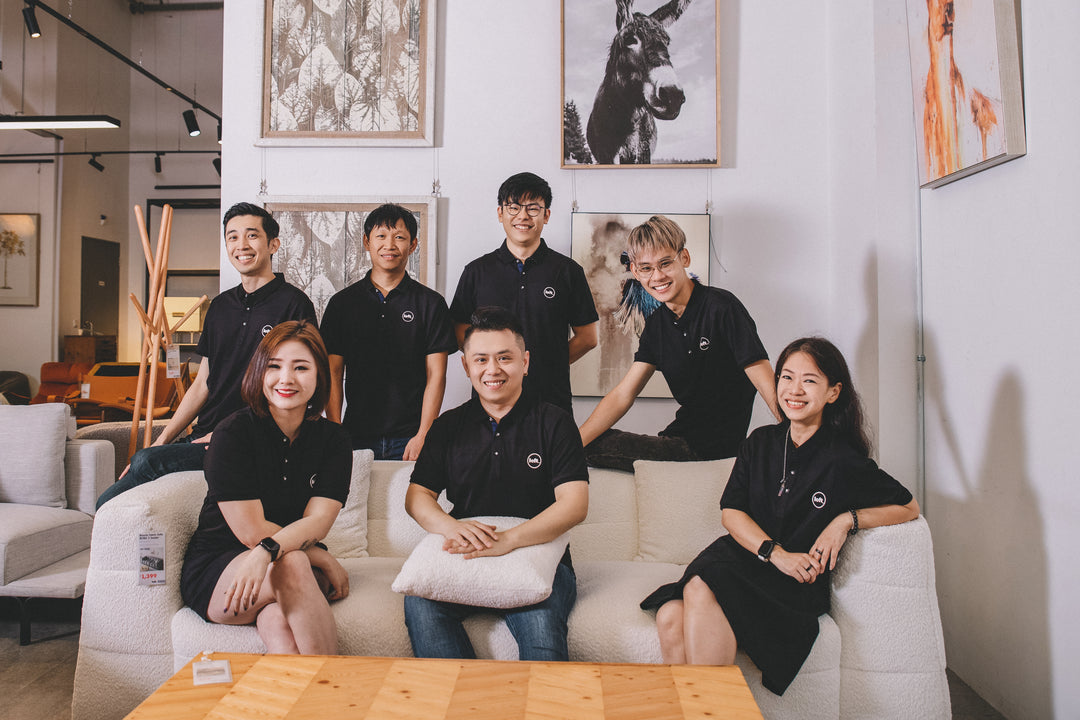
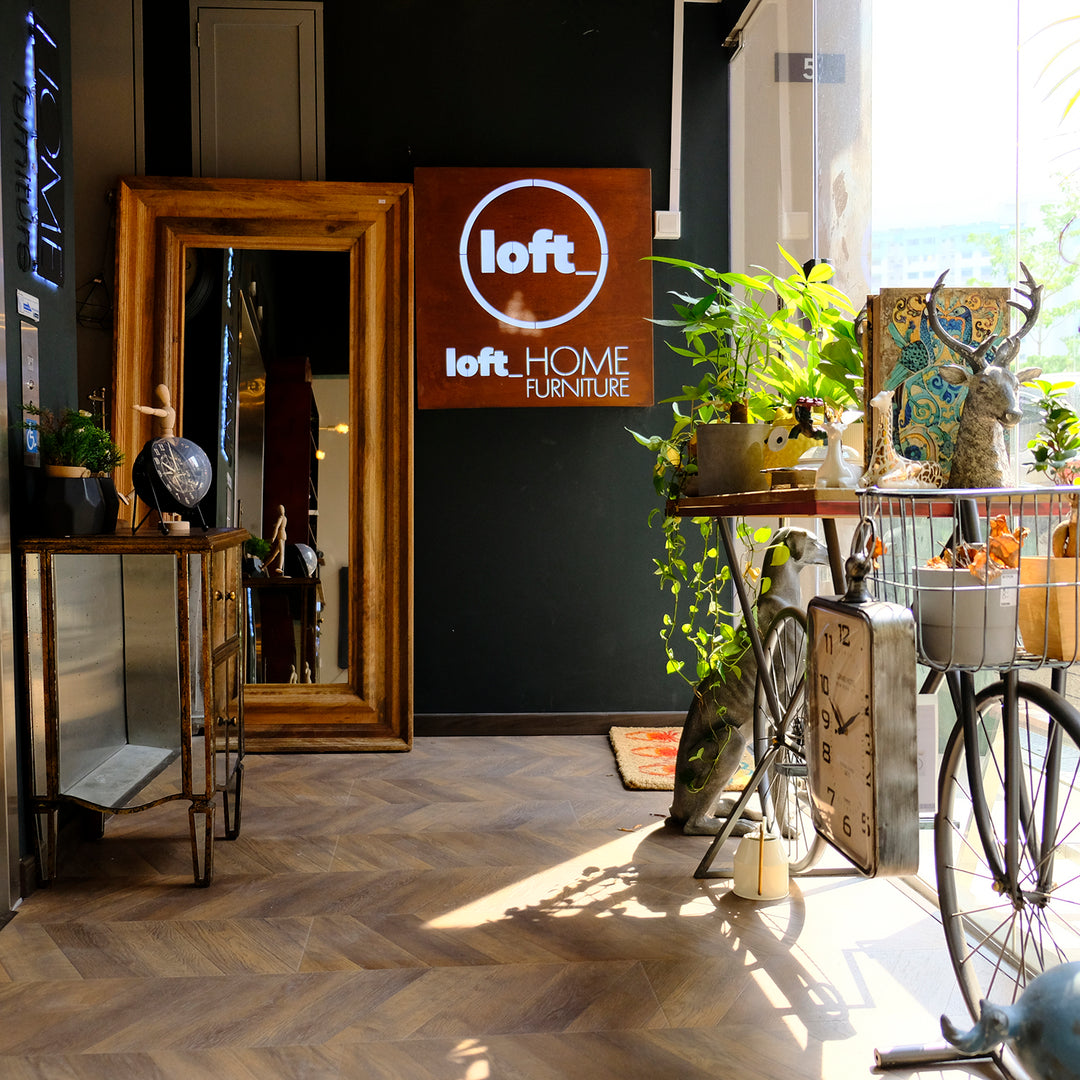
Leave a comment